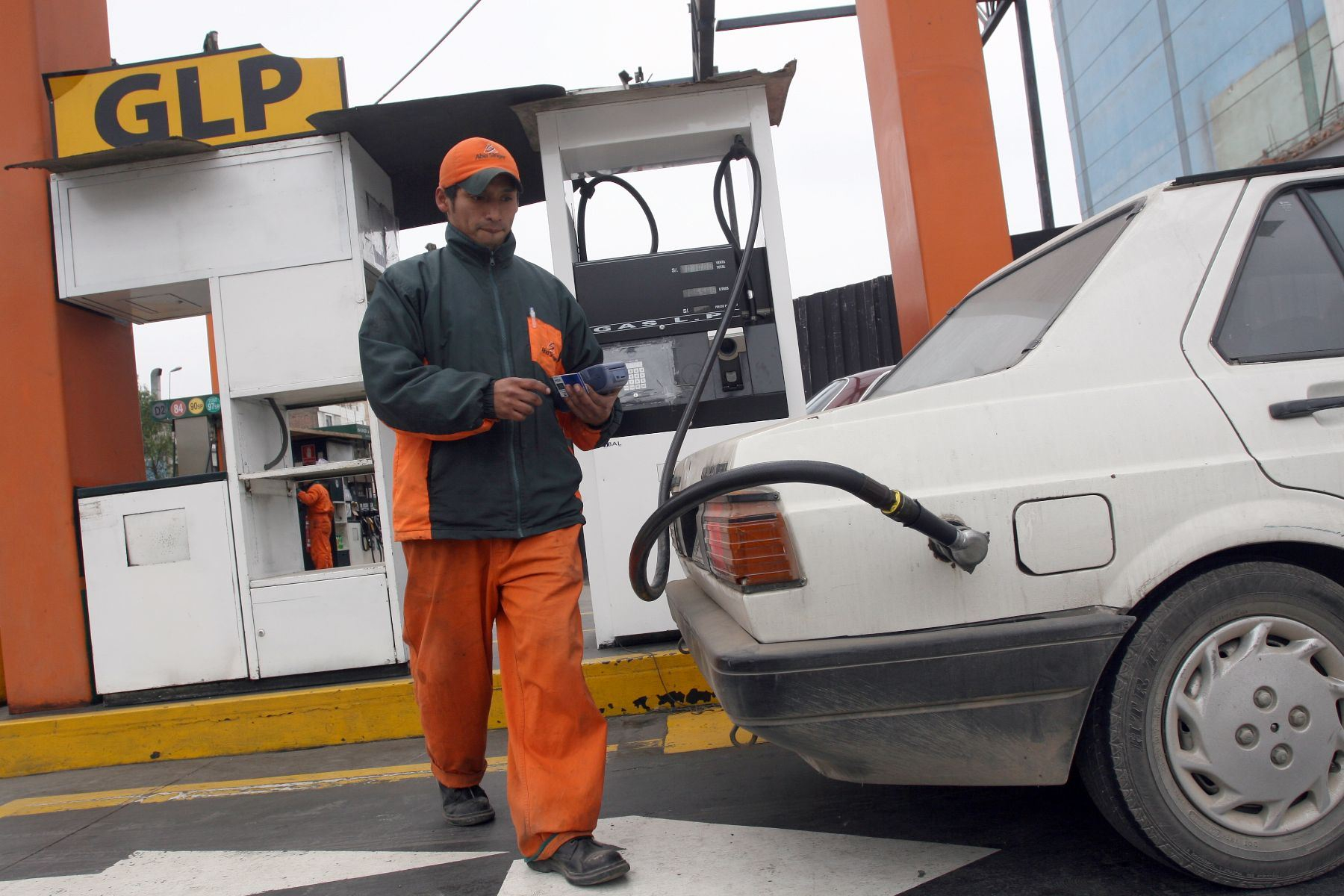
The Peruvian Society of Liquefied Gas (SPGL) revealed that Currently, more than 650,000 vehicles, both for private use and for public service, have adopted liquefied petroleum gas (LPG) as its main source of fuel in the country.
According to the union, this figure, which has been constantly growing in recent years, is due to the growing preference for this cheaper alternative to gasoline and dieselas well as the expansion of lhe LPG distribution network at a national level that already reaches 1,500 supply centers.
The vehicle segment now represents 38% of the demand for LPG in the country, which in total exceeds 2 million tons per year. The SPGL highlights that Peru is a producer of LPG derived from the natural gas extracted from the Camisea deposits, which contributes to the security and availability of supply.
In addition to the economic benefits provided by the use of this type of fuel, such as a 30% saving compared to low sulfur diesel, there is also a crucial aspect: the environmental impact. LPG emits considerably less carbon dioxide than gasoline and diesel, which translates into a significant reduction in the environmental footprint caused by vehicles. This characteristic makes it a favorable choice for those seeking to minimize their impact on the environment.
The SGLP indicates that the increase in the use of vehicular LPG has occurred mainly in sectors that seek to generate additional resources in their activities from the use of a cheaper fuel and in those that use their vehicles in public transport. “This explains why more and more carriers are managing their conversion to LPG and why the demand for this type of fuel continues to increase,” he mentions.
Source: Larepublica
Alia is a professional author and journalist, working at 247 news agency. She writes on various topics from economy news to general interest pieces, providing readers with relevant and informative content. With years of experience, she brings a unique perspective and in-depth analysis to her work.











